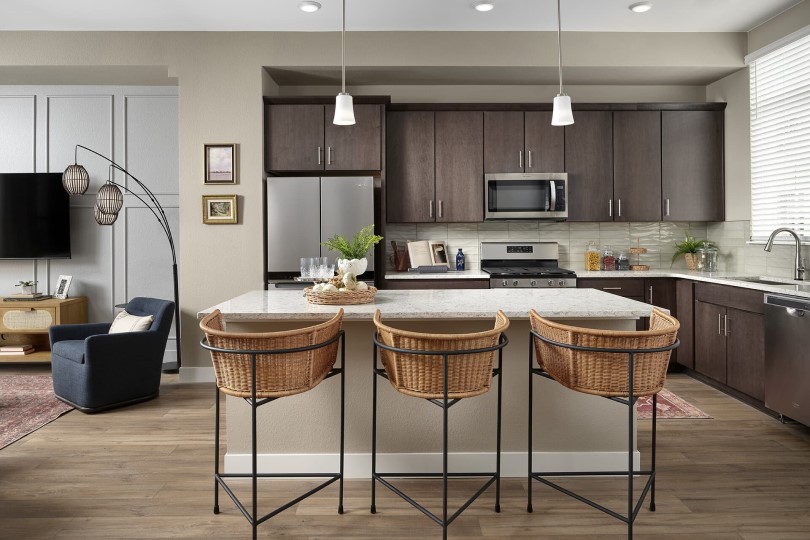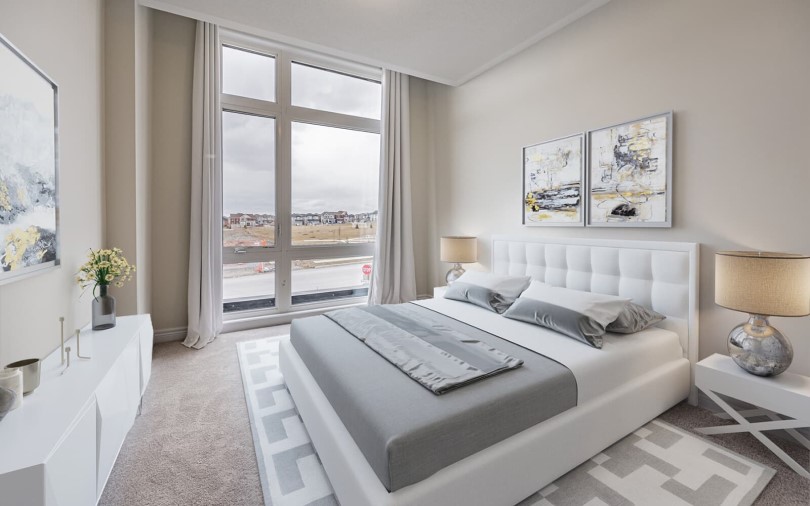Private Mortgage Insurance (PMI) Explained: When is it Required and How to Avoid It
Real estate terminology can be confusing, especially if you’re a first-time homebuyer. A term you may have heard several times is PMI or Private Mortgage Insurance. It’s there; it’s important, but what exactly does it mean? Don’t worry; we’ve got you covered! In this blog, we’re diving deep into the world of PMI. We’ll decipher what PMI is, help you understand why it matters for your homebuying journey, and provide insights on how to avoid it.

What is PMI?
Private Mortgage Insurance (PMI) is insurance lenders require from homebuyers who make a down payment of less than 20% on their home purchase. It protects the lender in case the borrower defaults on the loan. PMI adds an extra cost to the borrower’s mortgage payment until they reach enough equity in the home to have it removed.
Are there different types of PMI?
Yes! There are different types of private mortgage insurance, and they can vary based on factors such as the loan program, the lender, and your financial situation. Some common types of PMI include:
- Borrower-Paid PMI (BPMI): This is the most common type of PMI, where the borrower pays the premiums for the insurance. BPMI is typically included in the monthly mortgage payment until the borrower reaches a certain level of equity in the home, at which point it may be canceled.
- Lender-Paid PMI (LPMI): With Lender-Paid PMI, the lender pays the premiums for the PMI, but the cost is built into the interest rate or the overall loan terms, meaning the borrower indirectly pays for the PMI through a higher interest rate or other fees. LPMI may be a suitable option for borrowers who prefer to avoid a separate PMI premium and are willing to accept a slightly higher interest rate.
- Single Premium PMI: Some borrowers may have the option to pay the entire PMI premium upfront as a single lump sum at the time of closing rather than as part of their monthly mortgage payment.
- Split Premium PMI: In some cases, borrowers may have the option to split the PMI premium between an upfront payment and ongoing monthly payments.
When is PMI required?
PMI is required on conventional mortgage loans when borrowers make a down payment of less than 20% of the home’s purchase price.

How much does PMI cost?
The cost of PMI depends on several factors, including the down payment, the loan amount, your credit score, and the type of mortgage loan. The average annual cost ranges from 0.46% to 1.5%.
Generally, PMI costs are calculated as a percentage of the loan amount annually and then divided into monthly payments. For example, if you have a $400,000 loan and your PMI rate is 1%, you would pay around $4,000 per year for PMI or an additional $334 per month.
The cost of private mortgage insurance depends on several factors:
- The mortgage loan amount: The more you borrow, the more you pay for PMI.
- Down payment amount: The more money you put down for the home, the less you pay for PMI.
- Your credit score: Borrowers with higher credit scores typically receive lower PMI rates, as the lender considers them lower risk.
- Mortgage type: PMI may cost more for an adjustable-rate mortgage than a fixed-rate mortgage. Because the rate can go up with an adjustable-rate mortgage, the loan is riskier than a fixed-rate loan, so PMI tends to be higher.
How do I pay for PMI?
Most commonly, PMI is paid for as part of your monthly mortgage payment.
In some cases, borrowers may be able to pay their PMI upfront as a lump sum at closing. If you pay upfront, you’ll benefit from lower monthly mortgage payments as long as you have the funds to make this happen. If you plan to sell your home before you stop paying PMI, it isn’t worth it, as you’ll have paid those premiums in advance for nothing.
Some borrowers may have the option to pay a portion of the PMI upfront and the remainder as monthly premiums. This can provide flexibility in managing upfront and monthly costs while still ensuring coverage for the lender.
Is PMI tax-deductible?
Private mortgage insurance is not tax-deductible for the 2022 and 2023 tax years, as the itemized deduction for mortgage insurance has expired.

Cadence 11 Floor Plan, Cadence Portfolio, Solterra Community, Lakewood, Colorado
Should I pay PMI or wait until I have 20% down?
PMI provides a way to buy a house without having to save up a sizeable down payment, and this can sometimes be the only option for new homebuyers. You’ll want to consider the following to help you make an informed decision:
- Financial situation: Can you afford to wait until you save a 20% down payment without significantly impacting your other financial goals or stretching your budget?
- Housing market conditions: What is the current housing market in the area you’d like to buy? Are home prices rising rapidly, making saving for a larger down payment challenging while keeping up with price increases? In a competitive market, waiting to save 20% down could mean missing out on opportunities or facing higher home prices in the future.
- Cost of PMI vs. waiting: Calculate how much you would pay in PMI premiums over time versus the additional time it would take to save for a larger down payment. You’ll also want to factor in interest rates, home price appreciation, and potential tax benefits.
- Impact on monthly budget: Determine how PMI payments would affect your monthly budget. Can you comfortably afford the additional expense of PMI along with your mortgage, property taxes, insurance, and other housing-related costs? Will the extra cost of PMI negatively affect your other financial goals, such as retirement or building your emergency fund?
- Opportunity cost: Consider the opportunity cost of waiting to save for a larger down payment. While waiting may help you avoid PMI, it also means delaying homeownership and building potential equity in the property.
When do you stop paying for PMI?
PMI can typically be canceled once you’ve built enough equity in your home. Once your mortgage principal balance is less than 80% of the original appraised value, you can ask your mortgage lender to cancel PMI. Additional considerations, such as a history of timely payments and the absence of a second mortgage, are often required.
If you don’t request cancellation, the lender must cancel PMI once your mortgage balance reaches 78% of the original value of the home, based on the purchase price or appraised value at the time of purchase, whichever is lower.
How can I avoid PMI?
If you want to avoid paying PMI, there are a few different strategies to consider:
- Put down at least 20%: If you put 20% down on a home, you’ll avoid the PMI expense altogether. However, this can be tough to save up for.
- Consider piggyback loans: A piggyback loan, also known as an 80/10/10 or combination mortgage, consists of two loans: one for 80% of the home’s price and the other for 10% of the home’s price. You’ll then pay 10% as a down payment. The upside is that you won’t pay PMI, but the downside is that the two loans could cost more than PMI in interest and closing costs.
- Look into a different loan type: If you’re eligible, consider a VA, FHA, or USDA loan. If you’re a military veteran, active-duty service member, or surviving spouse, you might qualify for a VA loan, which doesn’t require a down payment or PMI. FHA loans require as little as 3.5% down and are a good option for borrowers with lower credit scores. USDA loans, backed by the US Department of Agriculture, require no down payment and are for lower- to moderate-income homebuyers in designated rural areas.

Douglas Floor Plan, Courtyard Collection, New Seaton Community, Pickering, Ontario
Understanding PMI, how it works, and how it affects your budget can help you navigate the homebuying process with confidence and find a path that best suits your needs and goals.
For more assistance, connect with our experts at BRP Home Mortgage or one of our knowledgeable sales representatives. They’re ready to help guide you through the process and answer any questions you may have.
Find the Best Place to Call Home
We’re proud to help our homebuyers feel comfortable, informed, and in good hands from the first time we connect to long after they’ve moved into their new home. Our team is continuously committed to doing the right thing, cultivating an exceptional customer experience, and creating the best places to call home.
So why wait? Start your journey to homeownership today with Brookfield Residential! Explore where we build and connect with our sales team when you’re ready to learn more. We’ll be expecting you!

